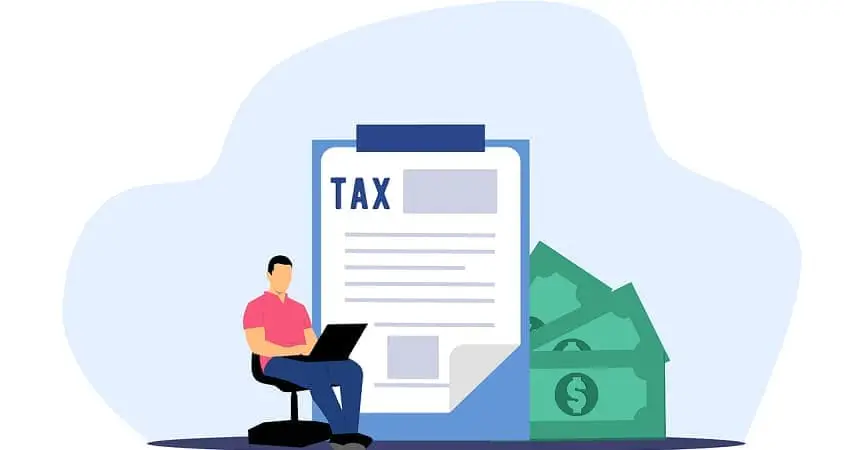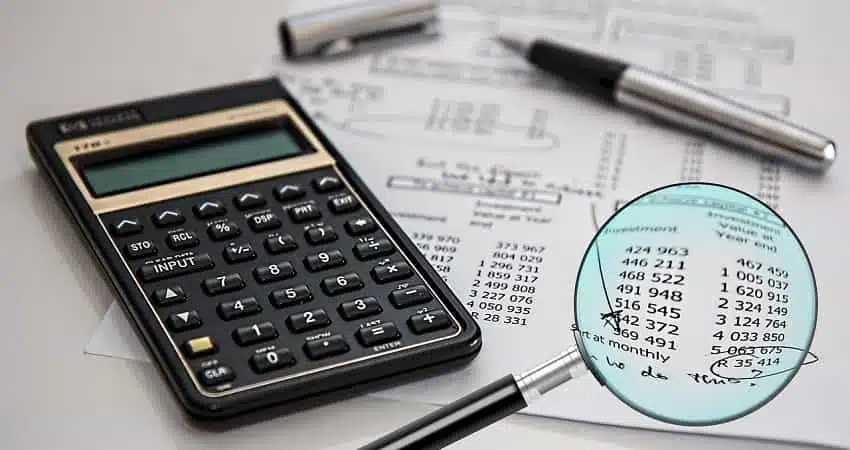IRS 1099 Form: Everything you need to know
Tax season can be very challenging for a considerable number of individuals. The forms, the numbers, the deadlines – it can all feel overwhelming. One form that often leaves people scratching their heads is the 1099 Form. What is this form and how important is it? In this comprehensive guide, we will break down the 1099 Form in simple terms, so you can navigate your federal income tax with confidence.
What is the IRS 1099 form?
While the W-2 form gets cozy with your salary from your 9-to-5 job, the 1099 Form is the social butterfly of the tax world, mingling with all your income sources. We’re talking about the cash you rake in from freelance gigs, the moolah from your rental property, those sweet dividends, and more! This form is like your year-end financial report card, giving you the lowdown on all the money matters that went down during the year. Plus, it’s not just for your eyes; it’s the IRS’s way of keeping tabs on income that slipped through the tax-withholding cracks. This form is usually provided to individuals or businesses by the payers of the income, such as clients, tenants, or investment entities.

Different types of 1099 forms
Now, you might be wondering, “Are all 1099 forms the same?” Not quite. There are several types of the 1099 Form, each designated by a specific number for specific types of income. Some common types include:
- 1099-NEC: This form is used to report payments made to non-employees, such as independent contractors, freelancers, and self-employed individuals. This form is typically used to report income when it amounts to $600 or more during the tax year.
- 1099-INT: This form is used to report interest income earned from bank accounts, certificates of deposit (CDs), or other investments.
- 1099-DIV: This form is used to report dividends and other distributions received as an investor in stocks, mutual funds, or other securities.
- 1099-R: Distributions received from retirement plans, including pensions, annuities, or IRAs are reported on this form.
- 1099-K: This form is used to report income received through payment settlement entities, such as third-party processors or online platforms like PayPal or Stripe.
Who gets a 1099 form?
The next logical question is, “Who gets a 1099 Form?” The answer is simple: anyone who pays you money during the tax year might send you a 1099. This includes clients, banks, investment firms, and even your landlord if you earn rental income.
Importance of tax form 1099
Recognizing the significance of the 1099 Form is of paramount importance. Taxpayers use this document to comprehensively report all earned income to the Internal Revenue Service (IRS), thereby facilitating compliance with tax regulations. It is important for individuals or businesses to keep accurate records of their income and the corresponding 1099 Forms received throughout the year. Failing to report income accurately or omitting information from the 1099 Forms can result in penalties or additional taxes owed.
Correctly fill out a 1099 tax form
Now that you know what a 1099 Form is, you might wonder how to fill it out. The positive aspect to note is that typically, when you are the recipient of income, you are not typically responsible for completing the documentation yourself. Filers of the 1099 Form are required to provide copies to both the income recipients and the IRS. Recipients must use the information provided on the form to accurately report their income on their personal tax returns. The IRS then cross-references the information reported on the 1099 Forms with those reported on individual tax returns to ensure compliance with tax laws.
Reporting Income on a IRS form 1099
When you receive a 1099, the income it reports should be included on your tax return. The specific section of your tax return where you report this income varies depending on the type of 1099 you receive. For example, form 1099-NEC income is typically reported on Schedule C for sole proprietors.
1099 form vs. form W-2
You might be wondering how the 1099 Form differs from the W-2 Form. While the W-2 reports income from an employer, the 1099 covers various income sources. Additionally, when you receive a W-2, taxes have already been withheld, while 1099 income often requires you to calculate and pay your own taxes.
Common mistakes to avoid
When dealing with 1099 forms, as is the case with any tax-related concern, it is imperative to remain vigilant for prevalent pitfalls. These may include: failure to report income, improper utilization of forms, or submission of incomplete information.
Deadlines to file a 1099 form
The deadline for filing 1099 forms is typically January 31st of each year. This means that both the payer and the recipient should have their copies by this date. Missing this deadline could result in penalties, making it crucial to maintain excellent organization
1099 tax form - Take away!
In essence, the IRS 1099 Form is very important. Not only it helps taxpayers accurately monitor their income but also plays the same role for the IRS. Instead of feeling anxious about the form, embrace it with confidence! Think of it as your trusty tool to ensure you’re 100% compliant with tax regulations. Understanding the information reported on this form can alleviate some of the stress that comes with tax return preparation. Ensure that your income is reported accurately, maintaining compliance with tax authorities is paramount. Therefore, when you receive a 1099 form in the future, you will be well-informed on the necessary actions to take.
Give your forms a thorough check or simply reach out to a tax pro for some expert guidance.







